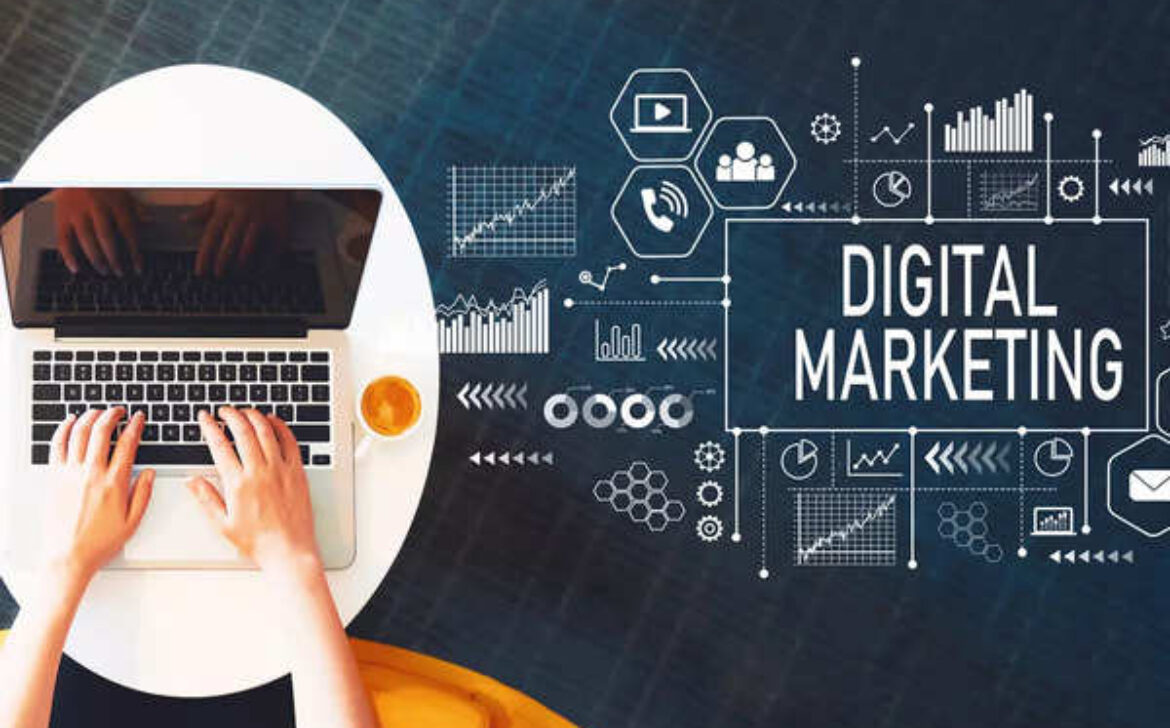Web Development Trends 2023: Shaping the Future of Online Experiences
Introduction:
In the ever-evolving digital landscape, web development stands as the cornerstone of online experiences. As we venture into the year 2023, a new wave of trends and innovations is reshaping the way we interact with websites and applications. This blog takes you on a journey through the dynamic world of web development trends, unveiling the cutting-edge techniques, technologies, and design principles that are shaping the future of online experiences.
The Dynamic World of Web Development Trends:
Web development is a dynamic field that constantly evolves to meet user expectations and leverage emerging technologies. The trends that emerge each year offer a glimpse into the future of online interactions and the ways businesses and users engage with digital platforms.
- Responsive and Adaptive Web Design:
Mobile-first design continues to reign supreme as users access websites from various devices. Learn how responsive and adaptive design approaches ensure seamless user experiences across screens of all sizes.
- Progressive Web Apps (PWAs):
Progressive Web Apps blend the best of web and mobile app experiences. Discover how PWAs provide fast loading times, offline capabilities, and app-like interactions while eliminating the need for downloads.
- Voice Search Optimization:
With the rise of virtual assistants, optimizing for voice search is crucial. Explore how web developers are implementing voice-friendly interfaces and structured data to enhance user interactions.
- Motion UI and Microinteractions:
Microinteractions and subtle animations enhance user engagement and make interactions more intuitive. Dive into the world of motion UI and learn how it contributes to creating memorable online experiences.
- AI-Powered Personalization:
Artificial intelligence is driving personalized user experiences. Explore how AI analyzes user behavior, preferences, and patterns to deliver tailored content and recommendations.
- WebAssembly for Performance:
WebAssembly (Wasm) is changing the game by allowing high-performance applications to run directly in browsers. Understand how this technology boosts loading speeds and facilitates complex computations.
- Dark Mode and Color Schemes:
Dark mode has taken the digital world by storm. Learn how web developers are incorporating dark mode options and strategic color schemes to improve readability and reduce eye strain.
- Accessibility-First Design:
Web accessibility is no longer an afterthought. Discover how accessibility-first design practices are ensuring that digital experiences are inclusive and usable for all users, regardless of disabilities.
- Immersive Web Experiences:
WebXR and 3D graphics are transforming websites into immersive experiences. Explore how web developers are integrating augmented and virtual reality elements to engage users in entirely new ways.
- Cybersecurity and Privacy Focus:
As online threats grow, so does the emphasis on cybersecurity and user privacy. Learn how web developers are implementing robust security measures to protect user data and build trust.
Conclusion:
The future of web development is both exciting and transformative. With each passing year, new trends emerge, shaping the way we design, build, and interact with online platforms. From seamless mobile experiences to immersive virtual reality encounters, the trends of 2023 are poised to redefine the possibilities of online interactions. As businesses and developers embrace these trends, they pave the way for a digital future that is not only functional and user-centric but also aesthetically captivating and technologically advanced.














